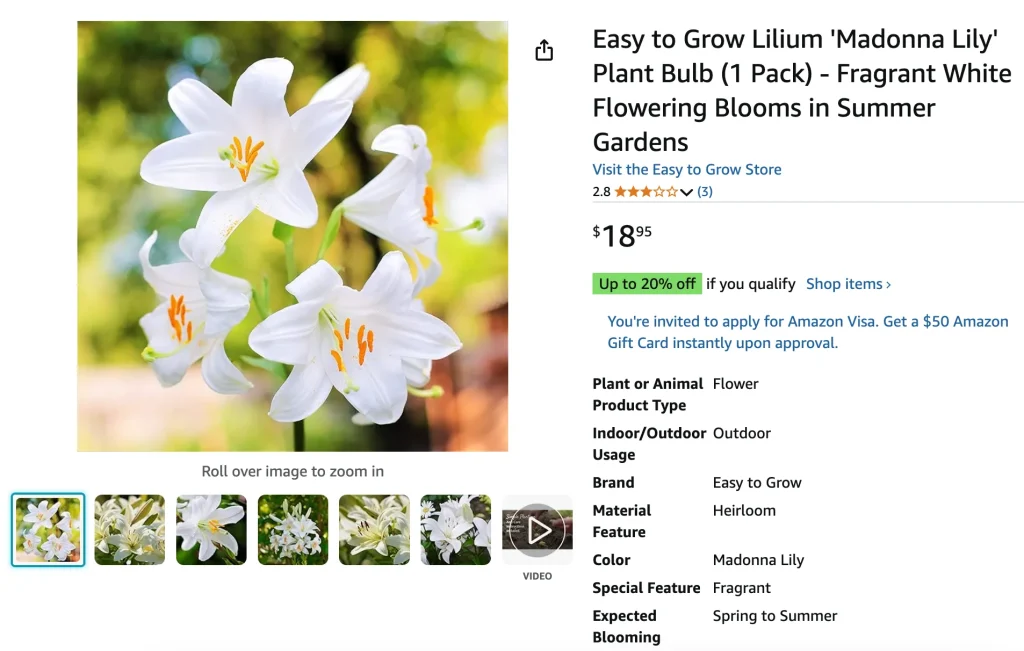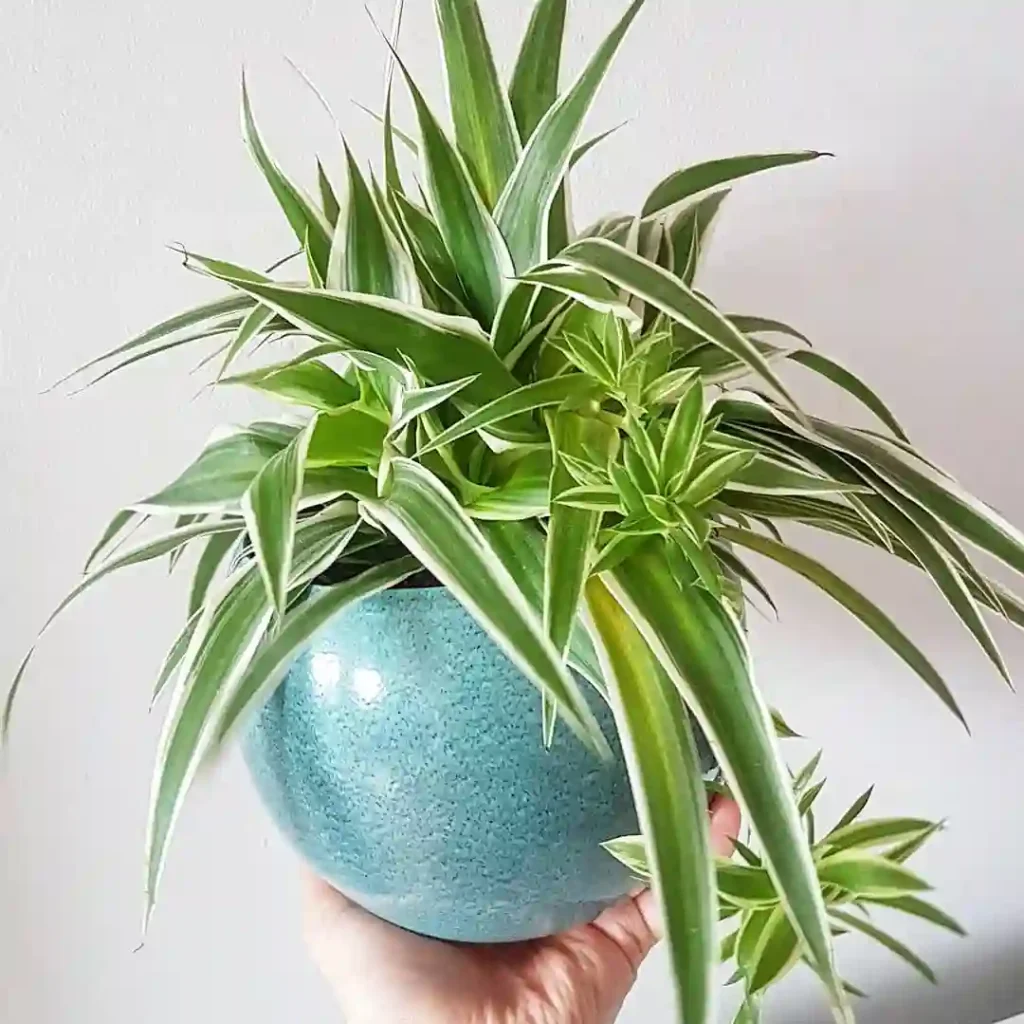
121 Species in Genus Lilium
What is Lilium candidum?
Lilium Candidum, commonly known as the Madonna Lily, is a beautiful flowering plant native to the Balkans and the eastern Mediterranean region. It is renowned for its pure white, fragrant flowers and historical significance in religious and cultural contexts. The plant typically grows up to 3–4 feet tall and blooms in late spring or early summer.
How to care for Lilium candidum?
Caring for Lilium candidum requires well-draining soil and a sunny location. While it enjoys full sun, it also appreciates some afternoon shade in very hot climates. Regular watering is essential, but the soil should not remain waterlogged. Deadhead the flowers after they fade to encourage blooming, and ensure the bulbs are planted in the fall for optimal growth.
How to propagate Lilium candidum?
Propagation of Lilium candidum is typically done through bulb offsets. In late summer or early fall, dig up the mature bulbs and separate the smaller offsets. Replant these offsets in prepared soil, ensuring they are at least 3–4 inches deep. Keep the soil slightly moist until they establish themselves.
What to plant with Lilium candidum?
Pairing Lilium candidum with complementary plants like lavender, salvia, or hostas enhances its beauty. These companion plants not only provide aesthetic contrast but also help protect the lilies by repelling pests and creating a balanced ecosystem in your garden.
Can you grow Lilium candidum indoors?
Yes, you can grow Lilium candidum indoors, but it can be challenging. It requires bright, indirect sunlight and a cool environment. Use a deep pot with good drainage, and water sparingly to avoid root rot. Indoor lilies may not flower as profusely as outdoor ones, but with proper care, they can thrive.
Is Lilium candidum toxic?
Yes, Lilium candidum is toxic to cats and can cause severe kidney failure if ingested. It is also mildly toxic to dogs and humans, with symptoms such as vomiting or irritation if consumed. It’s best to keep it out of reach of pets and children.
What are the benefits of Lilium candidum?
Aside from its aesthetic appeal, Lilium candidum has traditional medicinal uses. Its extracts have been used in skincare to soothe burns and inflammation. The plant also holds cultural significance and is often associated with religious symbolism and spiritual ceremonies.
What are common problems with Lilium candidum?
The most common problems include susceptibility to fungal diseases like Botrytis blight, which causes the leaves and flowers to wilt. Pests such as aphids and lily beetles can also damage the plant. Proper spacing, good air circulation, and regular inspection help prevent these issues.
Can Lilium Candidum be confused with other lilies?
Yes, Lilium Candidum can be mistaken for other white lilies, such as Lilium Longiflorum (Easter Lily). The key difference lies in their blooming times and growth habits. Lilium Candidum blooms earlier and prefers full sun, while Lilium Longiflorum often requires partial shade and blooms later in summer.
What are the historical uses of Lilium Candidum?
Historically, Lilium Candidum has been a symbol of purity and chastity, often associated with religious art and iconography. It has been cultivated for centuries in monastery gardens and was used in traditional remedies for skin conditions and respiratory issues.
How much sunlight does Lilium Candidum need?
Lilium Candidum thrives in full sunlight but can tolerate partial shade. Ideally, it should receive at least 6–8 hours of direct sunlight daily for optimal growth and flowering.



